Americana Music in Montana
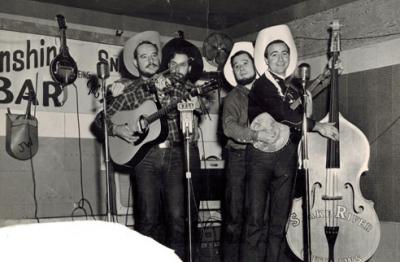
The Snake River Outlaws
Before television arrived [in the late 1950s], people in Montana devoted a considerable share of the time they budgeted for entertainment to live music, dances, picnics and similar social functions that seem far less commonplace today. Going to a nightclub or “honky-tonk” to listen to live music remained one of the primary choices for entertainment.
Enter the Snake River Outlaws in Missoula, in 1953. Down on the corner of Woody and Alder streets, in the heart of the “skid row” section of a city whose economy depended mainly on the timber and lumber mils, well-heeled men and women in business suits and evening dresses elbowed their way into Jimmy Rose’s Sunshine Bar to listen to the hillbilly music by musicians from across the hills in Idaho. The Outlaws played there six nights a week, from 9:00 p.m. until closing, which in Montana meant 2 a.m. That was a brutal work schedule.
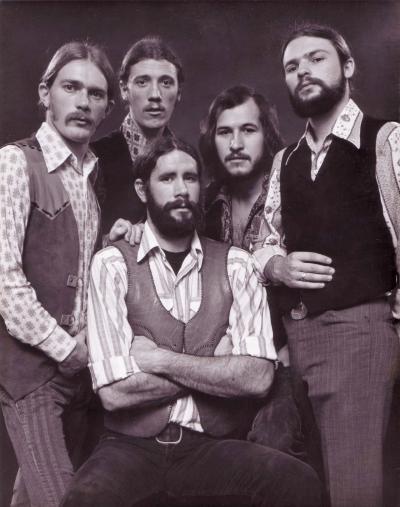
The band’s frontman, Orville Foctman, estimated that he learned well over two hundred songs. The Outlaws put out two singles in their career, both in the 78 rpm format…In 2008, Scot Wilburn and Wylie Gustafson approached Hal Cannon, director of the Western Folklife Center, with a collection of reel-to-reel tapes made of the Sunshine Bar radio broadcasts. The tapes were a time capsule that preserved some of the best music ever played and performed in Missoula.
The Snake River Outlaws provided a bridge between an old-time music tradition that reached back into the early nineteenth century and the more modern country music sound that emerged after the 1960s, which influenced country rock by way of the folk revival. The Outlaws anticipated, if they did not inaugurate, a sort of local, homegrown emphasis on music that would be the hallmark of many Montana bands, including such nationally recognized acts as he Lil’ Smokies, the Mission Mountain Wood Band and Rob Quist and Great Northern.
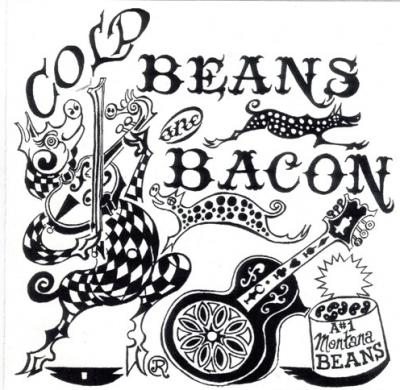
Rob Quist and Steve Riddle
In 1971, one of the more dramatic chapters in Montana music history was opened when Rob Quist and Steve Riddle met each other in Missoula. Quist was a young kid from Cut Bank, way up on the high line, not terribly far from the Blackfeet Indian Reservation. Steve Riddle was born and raised in Libby, up in the equally remote, very northwestern corner of the state... Steve and Rob wound up together in the UM glee club, called the Jubileers… They hooked up with another singer, Terry Robinson, who also strummed a guitar. “Terry was one of the ‘good casting’ cogs in the wheel that brought coolness to the band,” Steve Riddle explained. And it didn’t hurt that Robinson was incredibly tall, handsome and personable… They recruited Christian Johnson, an experienced rock-and-roll guitarist, and a drummer named Greg Reichenberg. They also settled on a name, the Mission Mountain Wood Band, in honor of the impressive mountain range that rises along the eastern shore of Flathead Lake.
Martha Scanlan
The cowboy life attracts many songwriters and musicians to Montana, including Martha Scanlan. In the early 1990s, Martha was a shy young woman up from Wyoming who started playing bluegrass and bluegrass guitar with local musicians in Missoula in house parties and jam circles around town... Not long after arriving, she crossed paths with another bluegrass and old-time music fan named Thomas Sneed. Before long, they were playing every chance they got... Being one of the featured bands on the T-Bone Burnett-produced soundtrack for the film Cold Mountain really put them on the musical map.
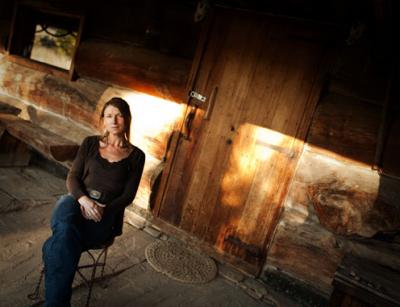
The players all went their separate ways in 2005, and Scanlan struck off on her own. Being on the Cold Mountain tour exposed her to all kinds of music — old gospel, Irish ballads and strains of old-time and Americana that cross-pollinated with the old country and Dylan and Van Morrison she had grown up with. She began to focus more honing her songs and developing a distinct, Americana voice out of her experience in old-time music and her love for old-school country.
Her musical journey then culminated in an album of original songs called “Tongue River Stories.” In it she weaves together several threads of distinctly regional influence into a rich tapestry of distinctly Montana Americana. Scanlan explained, “There’s a beautiful congruence in music and working with cattle and horses — it’s all about the flow, finding the current in things.” Quite often, Scanlan’s lyrics rise to the level of poetry, so vivid are the scenes she evokes.
Americana musicians in Montana continue to cultivate that sense of camaraderie and good times against the backdrop of the inimitable Big Sky Country and the sublime lonesomeness of the West, and as a result, they continue to contribute to an American stream of music as full of time and history as the wide Missouri itself.
These excerpts from Montana Americana Music, Boot Stomping in Big Sky Country, are reprinted with permission from The History Press, 2016. This book is dense with anecdotes about musicians that show the deep knowledge of the author, who is also a talented musician. He says, “I had the luxury to write about what I liked.”
Jack Gladstone
Jack Gladstone has been called “Montana’s Troubadour” and “Montana’s Native Ambassador.” Gladstone has produced more than fourteen CDs and played in hundreds of venues. On top of all that, he’s an engaging conversationalist.
“I take seriously my responsibility of sharing my story, our Blackfeet story, and of getting it as correct as I can get it.” The common thread that runs through the various practices Gladstone is engaged in — scholarship, teaching, musical performance, poetry — is storytelling.
“Stories are a form of sacred communion...
To be fully present in the sacred is a union created with language.” His voice rings with a sense of urgency. Many people — musicians or not — would agree with him that we’ve lost a profound sense of our connection to nature and one another. As a result, the upshot of what Gladstone strives for in his music is something beyond cultural identity, beyond “white” or “Indian” and so he casts the term “Americana” in a somewhat metaphysical hue.

Cary Morin represents a different style of Americana and offers a more soft-spoken, almost shy, approach in talking about Native American influence. Morin plays country-blues guitar with a natural flair and finesse that would make most Delta musicians jealous. He has been hailed as the “Native American Taj Mahal.”
Born in Billings, Morin belongs to the Crow tribe, but he grew up in Great Falls, where his father was in the U.S. Air Force and where Morin first picked up a guitar. Morin has put out three solo records now featuring his signature driving guitar style that sets the backdrop for his powerful, soulful singing.



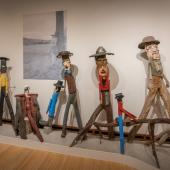

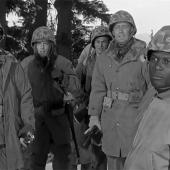

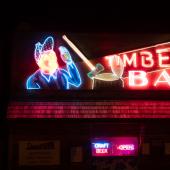
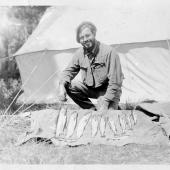

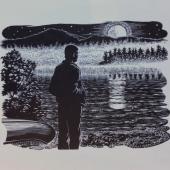

Leave a Comment Here